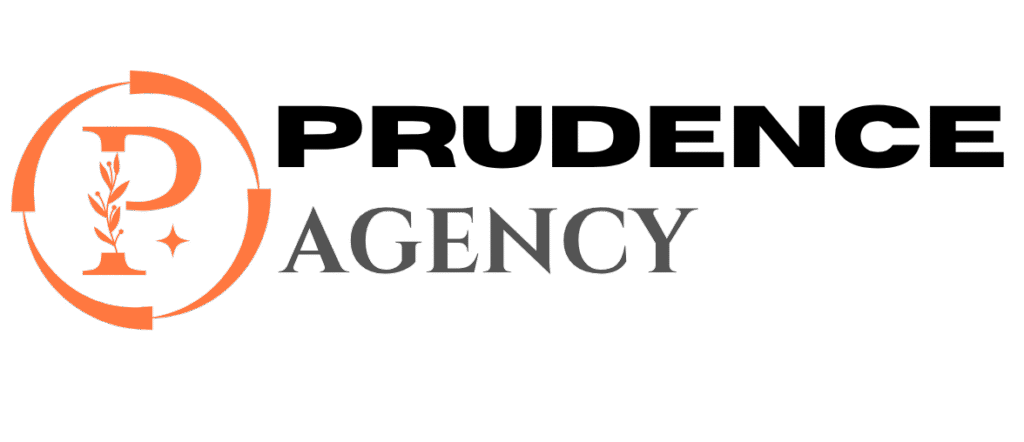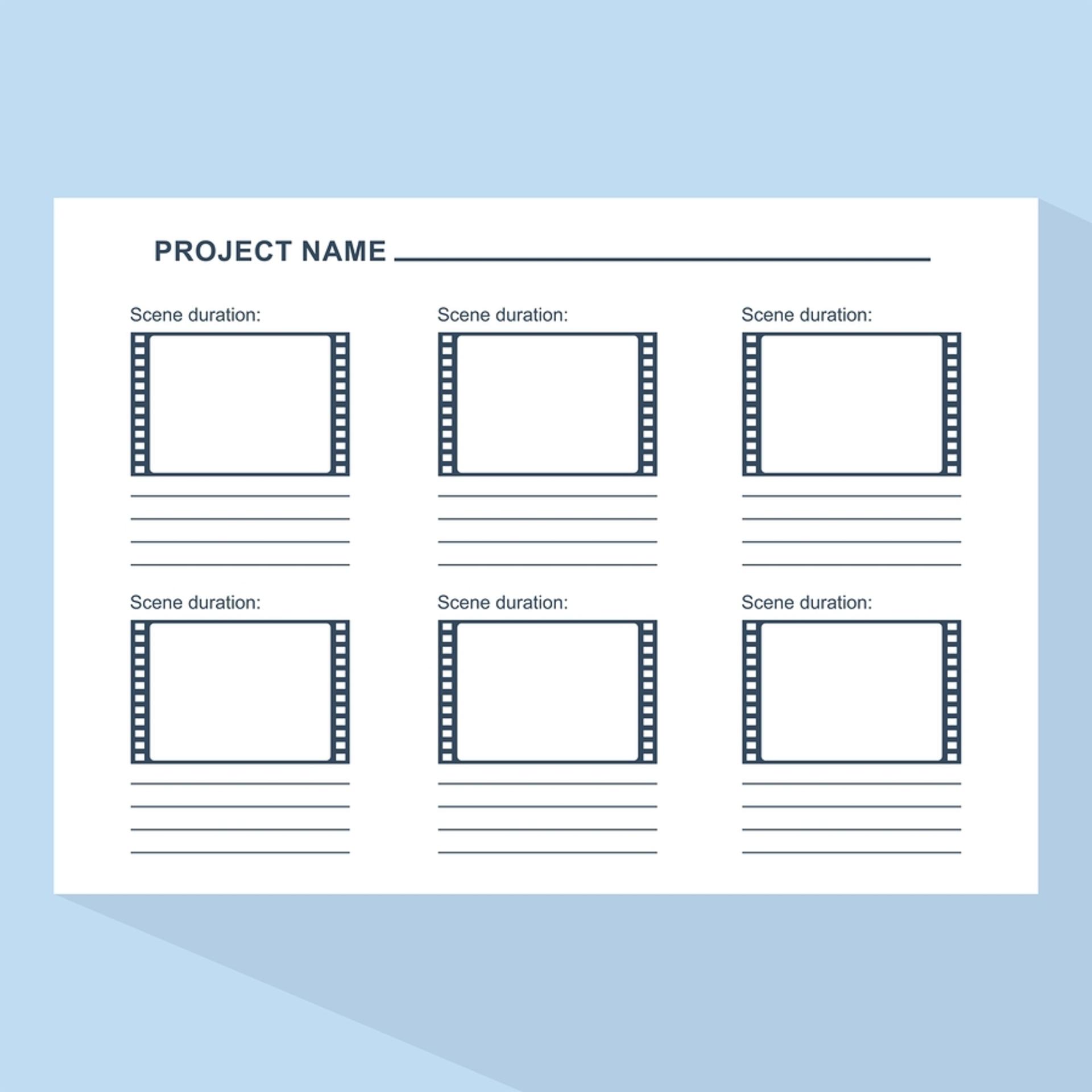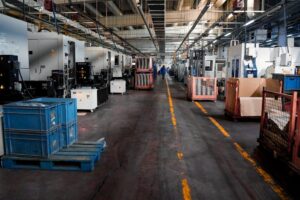The Role of Storyboarding in Video Production
In the world of video production, whether creating a short film, commercial, or YouTube video, the planning process is key to success. One of the most valuable tools in this planning phase is storyboarding. Storyboarding offers video creators a clear visual roadmap that helps bring abstract ideas to life before filming begins. In this comprehensive guide, we’ll explore the pivotal role of storyboarding in video production, its benefits, best practices, and practical tips to maximize your creative project’s impact.
What Is Storyboarding?
A storyboard is a sequence of drawings or illustrations displayed in chronological order to visualize how a video will unfold shot by shot. Think of it as a comic strip that depicts each scene or camera angle with notes about dialogue, action, or special effects. Storyboarding bridges the gap between a written script and the finished video, ensuring everyone involved shares the same creative vision.
The Role of Storyboarding in Video Production
Storyboarding plays several crucial roles during the pre-production and production stages of video creation. Here’s how it enhances the workflow and outcome:
1. Visualizing the Script
Storyboards help directors and producers see how the written script will translate into visuals. This foresight assists in refining the narrative flow and pacing.
2. Planning Shots and Angles
By mapping each shot, storyboards guide the camera crew regarding shot composition, movements, and transitions, saving valuable time on set.
3. Aligning the Creative Team
A well-crafted storyboard ensures all team members, including cinematographers, editors, and animators, work towards a unified creative goal, minimizing miscommunication.
4. Identifying Potential Challenges Early
Visualizing the entire sequence enables identification of logistical issues or expensive shots early on, allowing for feasible solutions beforehand.
5. Enhancing Budget and Timeline Management
With a clear plan from storyboards, producers can better estimate costs, schedule shoots, and allocate resources efficiently.
Top Benefits of Storyboarding for Video Production
- Improved Creativity: Experiment with visual ideas and storytelling techniques without costly reshoots.
- Greater Efficiency: Streamline the shoot and post-production processes by knowing exactly what footage is needed.
- Better Communication: Break down complex scenes into simple visuals for everyone involved.
- Cost Savings: Identify expensive or unnecessary shots early to stay within budget.
- Enhanced Client Collaboration: Share storyboards with clients to gain approval and feedback quickly.
Practical Tips for Effective Storyboarding
Creating an impactful storyboard requires more than just sketching scenes. Follow these tips to optimize your storyboarding process for better results:
- Keep it Simple: Stick to basic sketches that clearly represent the action; artistic perfection is not necessary.
- Use Annotations: Include dialogue, camera movements, and timing notes to clarify the visuals.
- Plan for Transitions: Show how scenes will connect with arrows or textual descriptions.
- Organize Sequentially: Number the frames or panels to maintain flow and avoid confusion.
- Leverage Digital Tools: Tools like Storyboard That, Boords, or Photoshop speed up creation and editing processes.
- Collaborate Early: Share drafts with your team for input to refine the storyboard before production starts.
Storyboarding Case Study: Short Film Production
In a recent short film project, our team used storyboarding to coordinate a multi-location shoot involving complex action sequences. Below is an overview of how storyboarding contributed to the project’s success:
| Aspect | Impact of Storyboarding |
|---|---|
| Visualizing Action | Clarified dynamic fight scenes and camera angles |
| Team Communication | Unified understanding among directors, stunt coordinators, and camera crew |
| Shoot Schedule | Optimized shoot days by grouping scenes by location and equipment needs |
| Budget Control | Avoided costly reshoots through proactive problem solving |
| Editing Efficiency | Provided clear footage sequencing, expediting post-production |
Conclusion
Storyboarding remains an indispensable part of the video production process, transforming creative ideas into actionable visual plans. By integrating storyboards into your production workflow, you can enhance collaboration, save time, reduce costs, and ultimately create more compelling video content. Whether you’re a seasoned filmmaker or a beginner video creator, investing time in thorough storyboarding will pay off in production quality and creative clarity.
Start storyboarding today, and watch your video projects come to life with greater precision and creativity!











